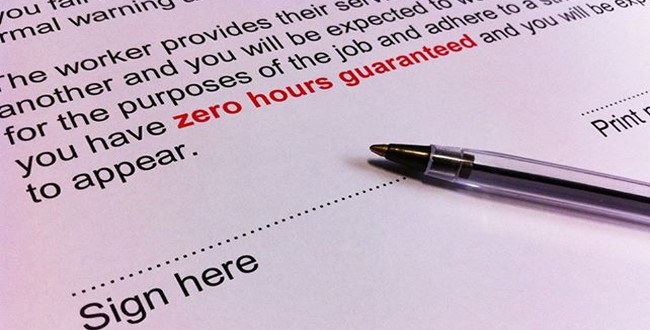
Gender Pay Gap Reporting – The Next Equal Pay Time Bomb?
Date: 27/02/2018 | Business & Professional Services, Employment & HR
As larger employers will be aware, Gender Pay Gap reporting legislation requires large employers with 250 or more employees to publish details on an annual basis showing the pay gap between male and female employees.
The publishing of this information will provide data to employees and trade unions alike identifying pay disparity on basic pay and also such things as bonuses. The deadline to report is nearly upon us (4 April 2018). The reporting legislation incorporates a wider definition of who counts as an employee. This does mean that workers are included as well as some self-employed people.
It is optional to employers to provide a narrative explaining the reasons for any gender pay gap and also set out what steps they are going to take to reduce or eliminate the gap.
Whilst the Gender Pay Gap reporting requirements do not currently apply to smaller employers, it is not inconceivable that the legislation will be trickled down in the near future.
Unsurprisingly, early signs are that gender pay gaps and pay disparity between male and female employees are apparent in the private sector. In light of that what should employers be doing?
It is entirely probable that the Gender Pay Gap reporting information will be utilised by employees and trade unions to promote the next generation of equal pay claims. As most employers will be aware, it is not necessary to have had a relevant job evaluation scheme undertaken within a work place to present claims for equal pay between male and female work colleagues. With the removal of tribunal fees it is increasingly likely that Claims will be advanced.
Doubtless trade unions will see this as a recruitment opportunity and employers would be well advised, even if they are not currently subject to the gender pay gap requirements, to undertake an appropriate audit and assessment, consider the relevant pay gap and appropriate actions to take to address these with their workforce before they become a bigger issue.
































































